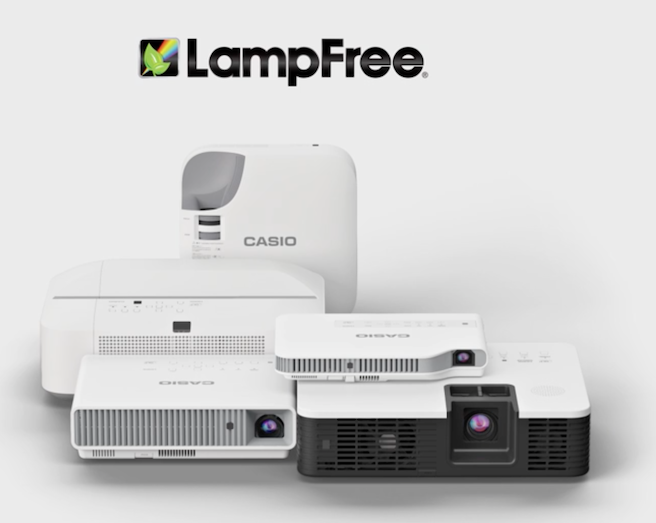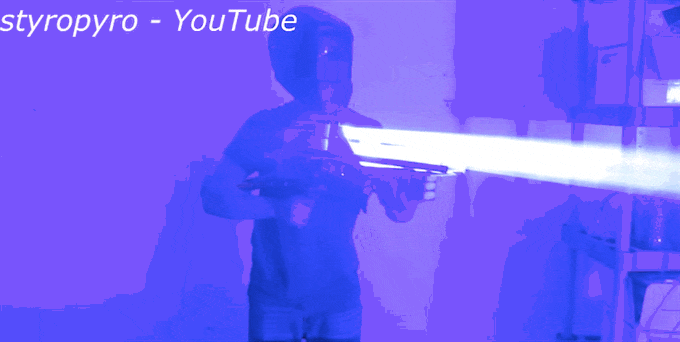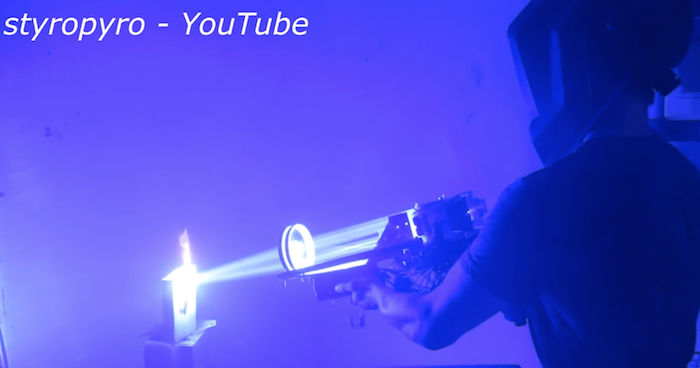Home
A comprehensive resource for safe and responsible laser use
UK: Man uses laser pointer to "improve" Mars' atmosphere so he can claim it as his own
Dr. Philip Davies does not think he will substantially cause a greenhouse effect on Mars. His effort is primarily to point out shortcomings in the wording of the treaty, that in turn could lead to revisions. Davies' goal is to prevent militarization of Mars or other off-Earth bodies.
To help publicize his effort, he is claiming he owns Mars and is selling plots of Martian land, with a few acres going for one U.S. cent.
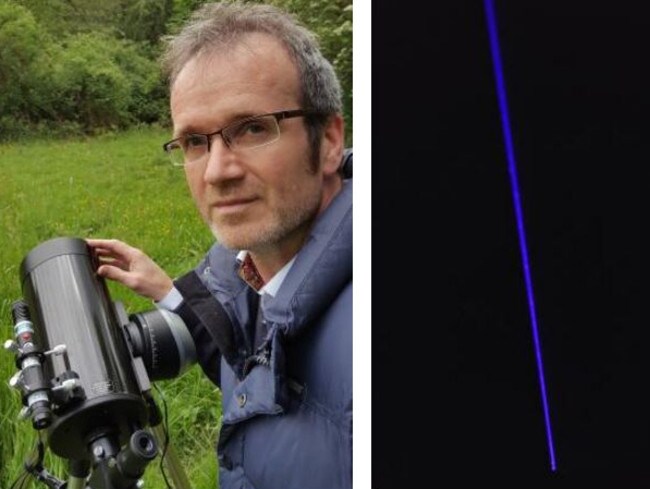
The laser pointer can be seen on the left side of Dr. Davies' telescope. At right is the beam it projects into the sky. From the look of the laser, it's output power is probably in the low Class 4 range, around 500 to 1000 milliwatts (1/2 to 1 watt).
From News.com.au. Davies' efforts have been the subject of numerous news stories such as from the Daily Mail. Do an internet search for "Philip Davies laser Mars" to find the latest on his efforts.
US: 2 Watt "laser bongs" for sale
The laser beam is so intense it is a diffuse reflection hazard. The bong comes with 2 pairs of protective eyewear.
![]()
The founder of the company said in a November 2018 email to Mashable that the laser is not dangerous but can sting if you get your hand in it "kind of like a magnifying glass."
In addition to the 445 nm blue laser and protective glasses, the app-controlled bong also has a rotating bowl and color-changing LEDs.
The product has been in the works for some time. According to Gizmodo, a January 11 2018 Instagram video from Silicon Cali's founder demonstrated a prototype laser bong available for pre-order. On January 23 2018, he wrote on Instagram about shipping time: "It’s just dealing with the FDA regulation and all the other requirements for manufacturing and selling a high powered class4 laser product in the USA that take the time."
It is not known when the late fall 2018 version officially went on sale.
At the company's website, as of November 5 2018 there is no mention of FDA certification nor any picture of FDA-required warning labels, though there is a description of "turn key ignition." In the photo above, a small key can be seen inserted into the bottom of the bong. Federal law requires a key or similar lock-out device to prevent laser devices from being turned on by unauthorized users.
Laser bongs are a relatively old idea among persons interested in high tech and recreational drugs. A web search turns up a July 30 2009 post to Grasscity Forums, linking to a YouTube video of a prototype LaserBong (different product) made by the chief engineer of Wicked Lasers. The video is now unavailable at YouTube. Other YouTube videos still online show, for example, a June 4 2013 video of a person using a handheld blue laser to ignite bong material.
From Silicon Cali with additional reporting by Mashable and Gizmodo.
US: Hobbyist builds 200-watt portable laser from scrap parts
Anthony started by harvesting lasers used in DLP video projectors, such as the Casio “LampFree” series:
He purchased four broken projectors, each with an array of blue laser diodes totaling 50 watts, to get a grand total of 200 watts of laser output. He then used knife-edge optical components to help superimpose all the laser beams.
When energized, the beam is immense and powerful:
The highest (most hazardous) laser classification is Class 4, which starts at 500 milliwatts (0.5 watts). Such lasers can cause instant eye injury, skin burns and can burn materials. Anthony’s 200 watt laser is 400 times more powerful than the 0.5 watt limit where Class 4 begins.
In the video, Anthony says “this feels like I’m holding a bolt of lightning in my hands. This is definitely my new favorite toy.”
Adding a magnifying glass to the end focuses the beam onto a spot that can almost instantly burn a block of wood:
When operating the laser, Anthony wears a welder’s mask with laser goggles fitted. This prevents potential retinal burns caused by looking at the concentrated laser light. Below he is shown with the laser and mask.
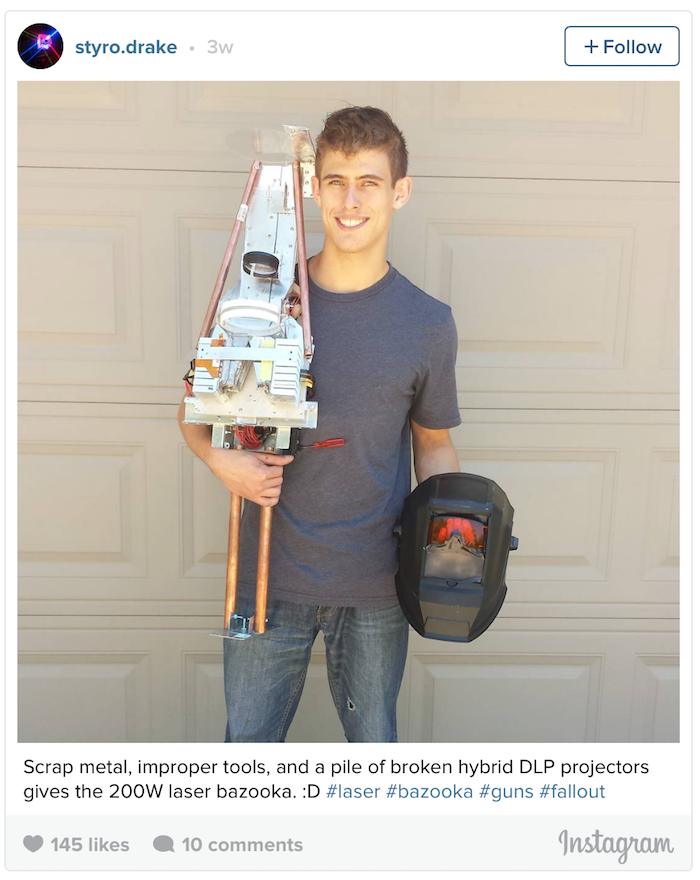
At the end of the video, he says “I'm glad to have finally finished this beast because that means I can start working on some of my other projects, and in the coming months I have a lot of crazy stuff planned including impulse lasers that peak in the megawatts as well as explosively pumped lasers, so I'm looking forward to that….Until the next time, stay safe and happy lasing!”
Drake Anthony is a 23-year old senior at Southern Illinois University, who has been accepted into the University of Rochester PhD program. In a Feb. 2016 newspaper profile entitled “SIU student turns passion for lasers into potential career”, the author notes that “What really excites Anthony is the science behind the beam.” She quotes him as saying “From a theory perspective, it’s beautiful. It uses physics, it uses quantum physics, chemistry, good things of math, engineering. It’s just this conglomeration of all the best things that humans have come up with.”
From the YouTube video “My Homebuilt 200W LASER BAZOOKA!!!!!”, posted June 28 2016
UK: UPDATED - Medical report on commercial pilot injured by blue laser at 1300 feet
“An airline pilot presented to our department complaining of a blind spot in the upper left area of his visual field in the right eye (right supero-nasal scotoma) following exposure to a laser beam while performing a landing maneuver of a commercial aircraft. At around 1300 ft (396 m), a blue laser beam from the ground directly entered his right eye, with immediate flash blindness and pain. Spectral domain ocular coherence tomography highlighted a localized area of photoreceptor disruption corresponding to a well demarcated area of hypofluorescence on fundus autofluorescence, representing a focal outer retinal laser injury. Fundus examination a fortnight later revealed a clinically identifiable lesion in the pilot’s right eye commensurate with a retinal-laser burn.”
The paper said the pilot’s symptoms “fully resolved 2 wk later” and that there was no “deficit in visual function.”
Click to read more...
Saudi Arabia: Handheld blue-light lasers can cause macular hole in retina
The study, reported in the July 2015 American Journal of Ophthalmology, looked at 17 eyes of 17 patients at two institutions, between January 2012 and May 2014. Most were youths (mean patient age 18 years; range: 11 to 30 years old). The eyes were exposed to blue laser light for less than one second, at a mean distance estimated to be about 1 meter from the laser. The time from exposure to the patient visiting the hospital for treatment ranged from two days, to almost 500 days.
Patients were given a full ophthalmic examination, including fundus photography, macular spectral-domain optical coherence tomography, and fundus fluorescein angiography.
The macular holes ranged from 0.17 millimeters to 0.62 mm, with a mean diameter of 0.35 mm.
In 14 of the eyes, surgeons went deep into the eye and removed vitreous gel (a pars plana vitrectomy); this removes clouded gel that may contain blood from the injury. At the same time surgeons also did a procedure called “internal limiting membrane peeling,” which uses an instrument to make a break in the membrane which is then peeled away with forceps.
In 11 of the 14 eyes, the operation completely closed the macular hole. Of the other three unoperated eyes, the eye with the smallest macular hole spontaneously closed.
Before the operation, the mean Snellen best corrected visual acuity (BCVA) was 20/210, or about 1/10th the normal visual acuity; the range was from 20/30 to 2/200. After the operations, the mean BCVA was 20/62 (range: 20/20 to 4/200). These statistics included all eyes (the 14 operated eyes and the three unoperated ones).
The authors concluded “Full-thickness MH can result from momentary exposure to high-power handheld laser devices. While spontaneous closure may occur in rare cases, most cases require early surgical intervention. Vitrectomy may be successful in closing the macular hole with visual acuity improvement in most of the cases.”
From the abstract of the study by Alsulaiman SM, et al., “Full-Thickness Macular Hole Secondary to High-Power Handheld Blue Laser: Natural History and Management Outcomes” in the American Journal of Ophthalmology, July 2015 Vol. 160, Issue 1, Pages 107-113.e1.
Note: Other studies have been published based on this data, an August 2013 LaserPointerSafety.com story about the first study is here.
US: Review of 1-watt blue laser with US-required safety features
The SKY Technologies Blue Handheld includes a keyswitch, 3-5 second emission delay, remote interlock, and a shutter to cut off the beam, as required by FDA regulations enforced by the agency’s Center for Devices and Radiological Health (CDRH). Under current (May 2014) law, the laser appears to be legal for sale and use in the U.S., assuming the manufacturer also submitted a proper Laser Product Report and has filled all other FDA/CDRH import and paperwork obligations.*
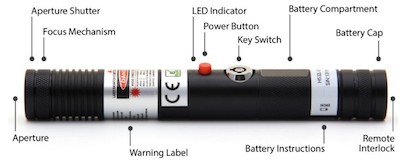
Saudi Arabia: UPDATED - 14 young patients injured by high-powered handheld lasers
According to HealthNewsDigest.com, “All injuries occurred during play and involved teenage boys and young males, between the ages of 11 and 30. Some injuries were accidental, but others involved a playmate intentionally pointing the laser beam at the victim's eye. The distance between the victim's eye and the laser beam ranged from 1.7 feet to 20 feet (a half-meter to 6 meters). Those who suffered retinal holes were injured at the closest distance, around half meter, or 1.7 feet. Generally, injury from greater distance resulted in less serious damage, the authors of the report say.”
The report was presented August 24 2013 during a Toronto meeting of the American Society of Retina Specialists by Fernando Arevalo, M.D. He is professor of ophthalmology at the Wilmer Eye Institute, Johns Hopkins School of Medicine, in Baltimore Maryland and is also affiliated with the Saudi hospital. Dr. Arevalo hopes that his findings, which were provided to the Minister of Health, will result in changes to how Saudi Arabia regulates handheld lasers.
Click to read more...
